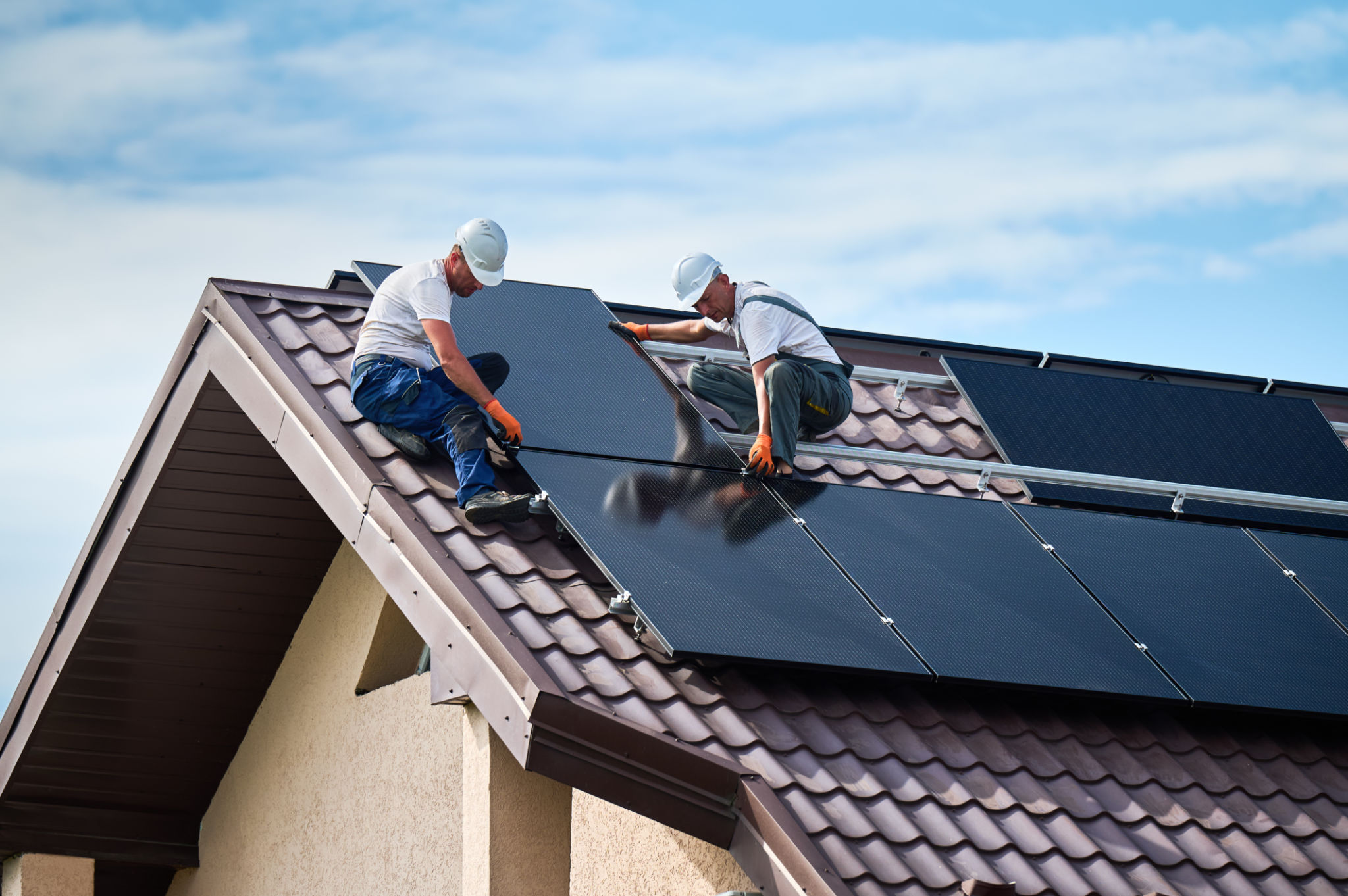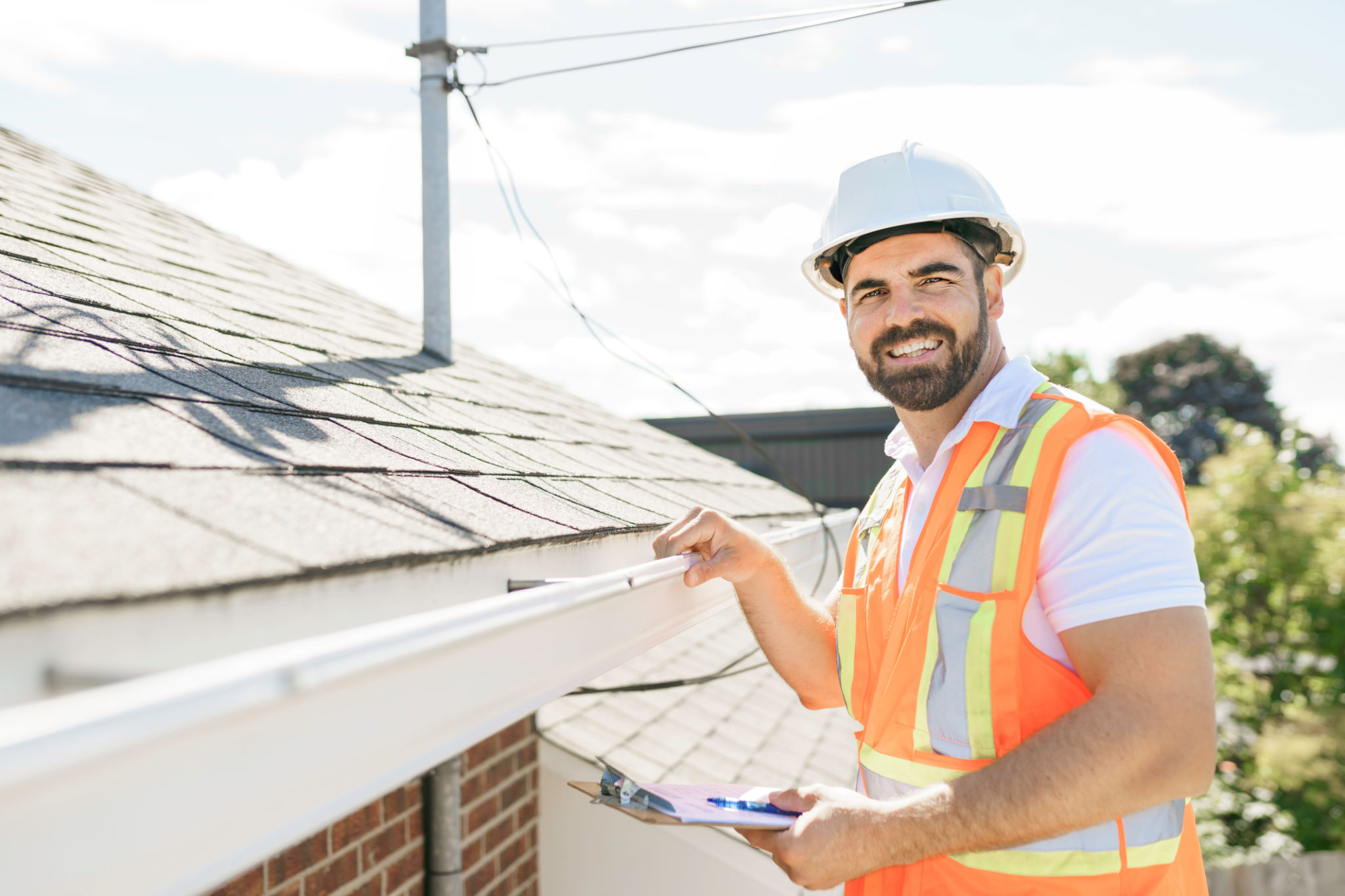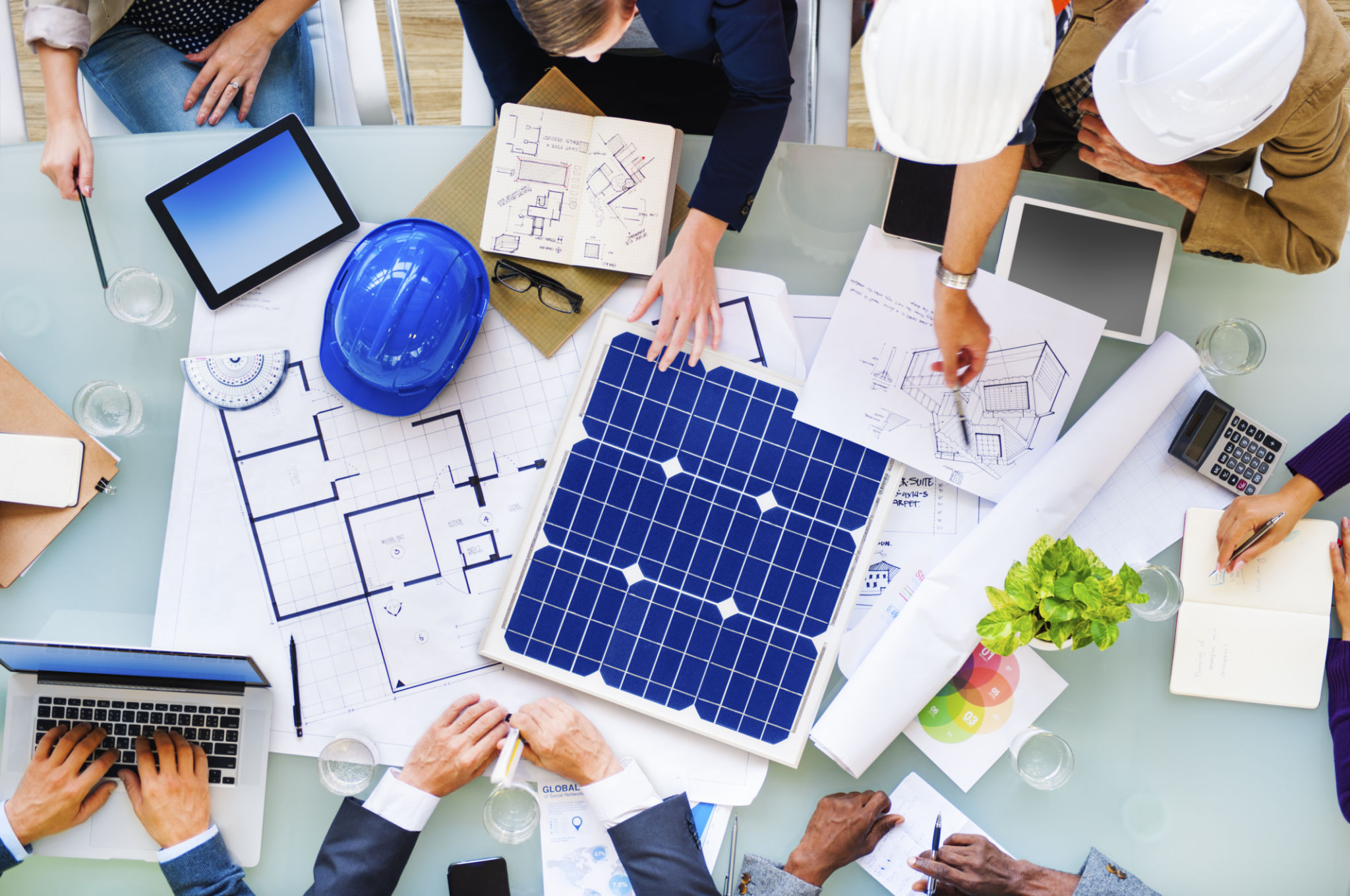DIY Solar Panel Installation: What You Need to Know Before Getting Started
Understanding Solar Panel Basics
As interest in renewable energy sources grows, more homeowners are considering installing solar panels to reduce their carbon footprint and save on energy costs. Before diving into a DIY solar panel installation, it's crucial to understand the basics. Solar panels convert sunlight into electricity, which can power your home and reduce reliance on grid energy. Familiarizing yourself with terms like photovoltaic cells, inverters, and mounting systems will provide a solid foundation for your project.
Solar panels are typically installed on rooftops or in open spaces where they can receive maximum sunlight exposure. The system's efficiency depends on several factors, including the angle of installation, local climate, and shading from nearby structures. Understanding these elements can significantly impact the overall performance of your solar setup.

Assessing Your Home's Suitability
Before proceeding with a DIY solar panel installation, it's essential to assess your home's suitability for solar power. Consider factors such as roof condition, orientation, and available space. A south-facing roof with minimal shading is ideal for capturing sunlight efficiently. Additionally, the age and structural integrity of your roof play a vital role in supporting the weight of solar panels.
If your roof isn't suitable for solar panel installation, you might consider ground-mounted systems as an alternative. These require more space but offer flexibility in positioning and angle adjustments to optimize sunlight capture.

Calculating Energy Needs and System Size
Determining your household's energy needs is a critical step in planning your solar installation. Review your electricity bills to understand your average consumption and peak usage periods. This information will help you calculate the size of the solar system required to meet your energy demands.
Once you know your energy needs, consult online calculators or professionals to estimate the number of panels necessary. Keep in mind that local climate conditions and panel efficiency will also influence the final system size.
Acquiring Necessary Permits and Approvals
Installing solar panels often involves navigating local regulations and obtaining necessary permits. Check with your local government or building authority to understand the specific requirements in your area. This may include zoning restrictions, building codes, and grid connection approvals.
Failure to secure the appropriate permits can result in fines or mandatory removal of your system, so it's essential to ensure compliance before starting your installation.

Gathering Tools and Materials
Embarking on a DIY solar panel installation requires a comprehensive list of tools and materials. Essential items include solar panels, mounting brackets, an inverter, wiring, connectors, and safety gear such as gloves and harnesses. Ensuring you have all necessary components before starting the project will help avoid delays and unexpected costs.
- Solar panels
- Mounting brackets
- Inverter
- Wiring and connectors
- Safety gear
Installation Process Overview
The installation process involves several key steps: mounting the panels, connecting the electrical system, and integrating with the grid or battery storage. Begin by securely mounting the panels on your roof or chosen location using the appropriate brackets and supports.
Next, connect the panels to the inverter, which converts the direct current (DC) generated by the panels into alternating current (AC) for household use. Finally, link the system to your home's electrical panel or a battery storage system to store excess energy for later use.

Testing and Maintenance
Once installation is complete, it's crucial to test the system to ensure it functions correctly. Monitor energy production levels and verify that all connections are secure. Regular maintenance is important to sustain optimal performance of your solar panels.
Maintenance tasks include cleaning the panels to remove dust and debris, inspecting connections for wear or damage, and checking for any shading that might have developed over time.
By following these guidelines and conducting thorough research, a DIY solar panel installation can be a rewarding project that contributes to both environmental sustainability and financial savings.
